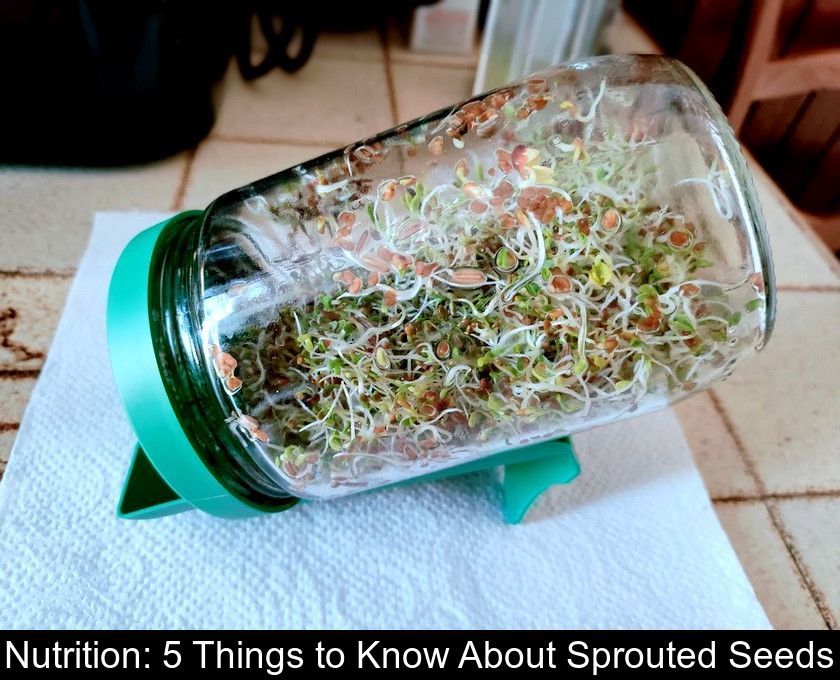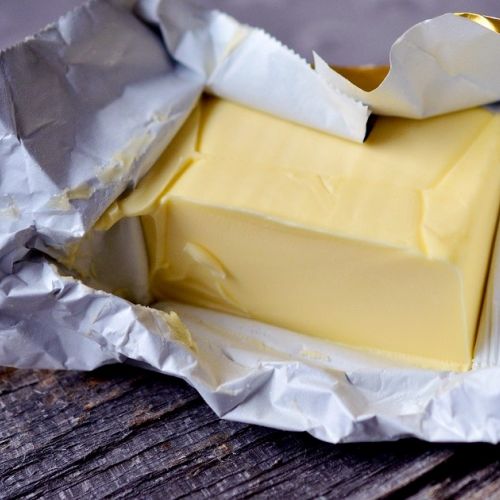Nutrition: 5 Things To Know About Sprouted Seeds
Delicately placed on a slice of bread, a salad, or tartare, sprouted seeds are unrivaled in adding color and crunch to cold culinary preparations. With the return of spring, you can try the experience of sprouting these tiny seeds with a thousand nutritional benefits yourself. Here are 5 things to know before you get started.
Sprouted seeds are superfoods.
Even though they are often used in restaurants to add volume to a presentation, sprouted seeds are not merely decorative. On the contrary, they are so nutrient-rich that they are considered superfoods.
As their name suggests, these are edible seeds that have begun to sprout. The germination process multiplies the vitamins and proteins originally stored in the seed. On average, the nutrient content of these seeds is 10 times higher than that of other foods. Therefore, one can benefit from their properties even when consumed in small quantities.
These tiny filaments are real concentrations of vitamins, minerals, trace elements, proteins, fibers, and antioxidant polyphenols! Another significant advantage is that these seeds are also very digestible.
Not every seed can be germinated.
To enjoy the benefits of sprouted seeds, you can either buy them ready-made or sprout them yourself. The first option is quicker, while the second is more economical.
If you have ever purchased this type of sprouts in a fresh produce section at an organic store, you've likely noticed that there are many different kinds of sprouted seeds, including:
• alfalfa;
• fenugreek;
• radish;
• watercress;
• lentils;
• mustard;
• fennel;
• millet;
• buckwheat;
• broccoli.
These nutrient-rich shoots can come from the germination of grains, oilseeds, legumes, or vegetables. However, be careful: not all vegetable seeds can be used and consumed in this form! For example, tomato and eggplant seeds are toxic and should not be consumed during the germination phase.
You must choose your sprouter carefully.
To grow sprouted seeds at home, you need to equip yourself with a sprouter. It's also important to choose the right model, as not all sprouters are intended for the same use.
Glass sprouters, shaped like a jar, are convenient for beginners. They are not very expensive and allow you to grow most seeds, including the smallest ones like alfalfa seeds.
Tiered sprouters are more expensive but better suited for a large family or for those who want to sprout several types of seeds at the same time.
Finally, be aware that there is a special type of sprouter for mucilaginous seeds such as:
• watercress;
• arugula;
• flax;
• chia;
• purslane;
• yellow mustard.
When sprouting mucilaginous seeds, only the green shoots are eaten. That's why these seeds must be grown in a special porcelain dish equipped with a kind of sieve.
You must follow certain hygiene rules.
Growing sprouted seeds at home can be a lot of fun. However, be aware that this cultivation carries a bacteriological risk.
The main danger of sprouted seeds is the risk of food poisoning from bacteria. Indeed, the warmth and moisture needed to sprout the seeds are conducive to the growth of salmonella and Escherichia coli bacteria.
Before you start, make sure to read the germination instructions on the seed packet carefully. There you will find the recommended soaking time and germination time.
To grow these seeds safely, it is very important to wash your hands thoroughly, clean the containers used well, and rinse the seeds twice a day. Once they are ready, you must rinse them one more time with a drop of white vinegar before consuming them.
Sprinkle them over the dishes at the last moment.
It is sometimes said that sprouted seeds should be cooked to reduce the risk of food poisoning. Unfortunately, cooking also removes many of the nutrients contained in these superfoods.
To enjoy all their nutritional benefits, it is best to sprinkle them at the last moment on cold dishes, such as:
• a salad;
• a poke bowl;
• a tartare;
• a slice of bread with fresh cheese;
• an avocado toast;
• a gazpacho;
• scrambled eggs or an omelette after cooking.
If you're used to bringing a lunch box to work, consider adding these highly nourishing little seeds to a sandwich or wrap or spring roll.









